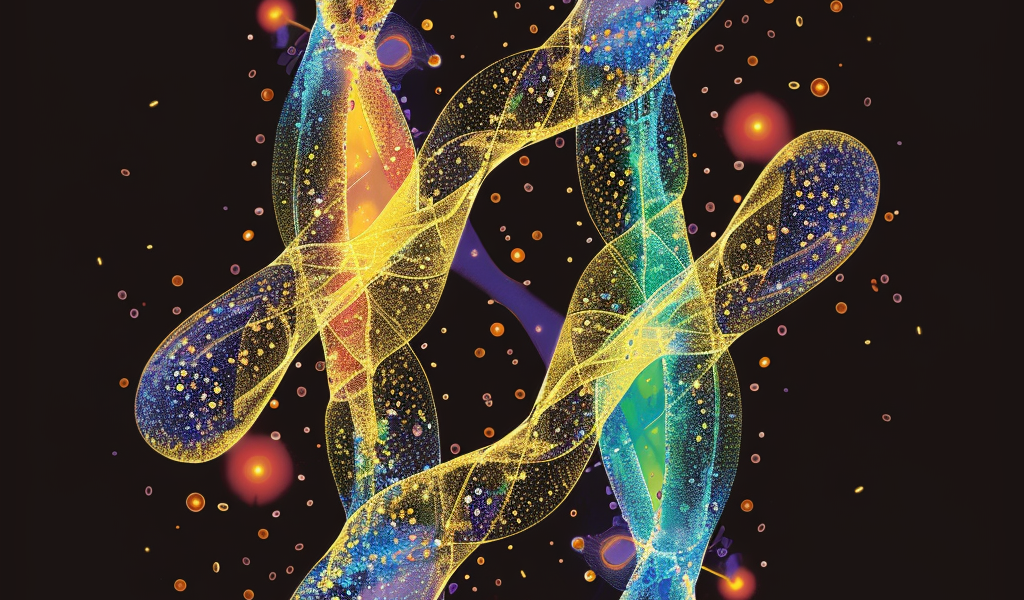Understanding Chromosome Behavior During Meiosis: New Insights from Kyoto University
Recent research conducted by a team at Kyoto University has unveiled significant insights into the complex behavior of chromosomes during meiosis, the critical cell division process that underpins sexual reproduction. This study sheds light on how chromosomes determine the precise locations for the destruction of cohesin, the protein that acts as a molecular glue holding the chromosomes together.
During meiosis, chromosomes must navigate the challenge of identifying where to protect cohesin and where to allow it to dissolve. In humans, this process is relatively straightforward, as cohesin is consistently safeguarded in the same region. However, in the nematode worm Caenorhabditis elegans, chromosomes face a unique challenge; they must independently ascertain this information with each division.
The researchers discovered that these chromosomes are capable of measuring the distance from the crossover point—where genetic material is exchanged between parental chromosomes—to both ends of the chromosome. Remarkably, they consistently select the shorter side as the site for dissolving cohesin.
To unravel this complex mechanism, the team focused on chromosomes that were unusually long and contained multiple crossover points. Their findings, published in the journal Current Biology, reveal a fascinating aspect of chromosome behavior.
According to Peter Carlton, the corresponding author of the study, “Taking advantage of fusion chromosomes with multiple crossovers was a critical step in unlocking the mystery of length measurement.” This innovative approach allowed the team to observe how chromosomes gauge their lengths accurately.
The researchers found that regions of the chromosome flanked by two crossover points exhibit double the ability to generate a “short arm” compared to regions bounded by only one crossover and a chromosome end. This phenomenon suggests that chromosomes do not measure length using tiny rulers but instead rely on a signal that emanates from each crossover point and accumulates on either side.
First author Carlos Rodriguez elaborates on this finding, stating, “Shorter segments will naturally have more of this molecular signal piled up inside them, which can then be used to measure length.” This accumulation of molecular signals provides a mechanism for chromosomes to assess their own dimensions accurately.
This groundbreaking research not only advances our understanding of chromosome behavior during meiosis but also contributes to the broader field of cellular biology. The ability of cells to measure their own components is a fundamental aspect of cellular function, and this study provides crucial insights into how this process occurs.
The implications of this research extend beyond basic biology, as understanding chromosome behavior is vital for comprehending various genetic disorders and reproductive issues. As scientists continue to explore the intricacies of cellular processes, studies like this one pave the way for future discoveries that could have significant impacts on medicine and genetics.
In summary, the work conducted by the Kyoto University team highlights the remarkable capabilities of chromosomes to measure their lengths and make critical decisions during meiosis. As researchers delve deeper into the mechanisms underlying these processes, we can anticipate further revelations that will enhance our understanding of genetics and cellular biology.
For those interested in the ongoing developments in this field, the study is published in Current Biology, providing a detailed account of the methodology and findings that contribute to our understanding of chromosome behavior during meiosis.





